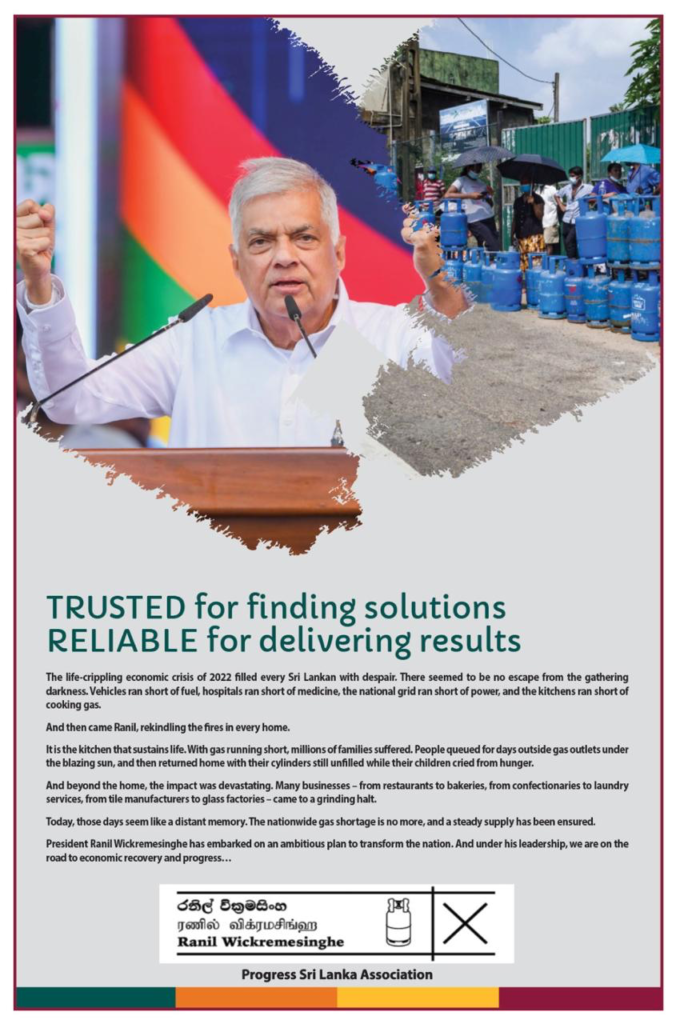September 18, Colombo (LNW) Sri Lanka’s economy expanded by 4.7% year-on-year (YoY) in the second quarter of 2024, marking consistent growth since September 2023. However, quarter-on-quarter growth slowed from the 5.3% seen in the first quarter of 2024.
The Department of Census and Statistics (DCS) attributed this growth to a strong performance in the industry sector, which accounted for 25.5% of the GDP and grew by 10.9%.
The service sector, representing 55.4% of GDP, expanded by 2.5%, while the agriculture sector, constituting 10% of GDP, grew by 1.7%. Taxes, less subsidies on products, which accounted for 9.1% of GDP, also saw an increase of 2.8%.
Several factors contributed to this economic expansion, including lower inflation, declining interest rates, and eased import restrictions, which made it easier for businesses to access working capital and raw materials. Additionally, while heavy rainfall negatively impacted key crops such as paddy, tea, and rubber, it boosted hydroelectric power generation, benefiting the energy sector.
Tourism played a crucial role in sustaining economic growth for the fourth consecutive quarter, following a rise in tourist arrivals since the third quarter of 2023.
In agriculture, growth was seen in sectors such as cereal production (22.7%), animal production (8.6%), marine fishing (7.7%), and vegetable cultivation (3.8%). However, some agricultural activities faced challenges, including a decline in plant propagation (-23.7%), rubber cultivation (-18.7%), and tea production (-8.8%).
The industry sector experienced significant recovery, with overall growth of 10.9% in Q2 2024, reversing the 11.7% decline seen in the same period of the previous year. The construction industry and mining and quarrying sectors posted notable growth rates of 15.5% and 21.5%, respectively.
Manufacturing also grew by 7%, with standout performances in metal fabrication (31.6%) and chemical products (24%).
The services sector, which grew by 2.5% in Q2 2024, recovered from the 0.5% contraction in the same period in 2023. Key service industries, such as accommodation and food services (21.1%), insurance (14.1%), and IT services (14%), showed robust growth.
Meanwhile, public administration and health services were the only sectors that contracted, declining by 3.1% and 2.3%, respectively.
In summary, while Sri Lanka’s economic growth in Q2 2024 was slightly lower than in Q1, it continued its upward trajectory, driven by industry and services sectors and supported by easing inflation and rising tourism




